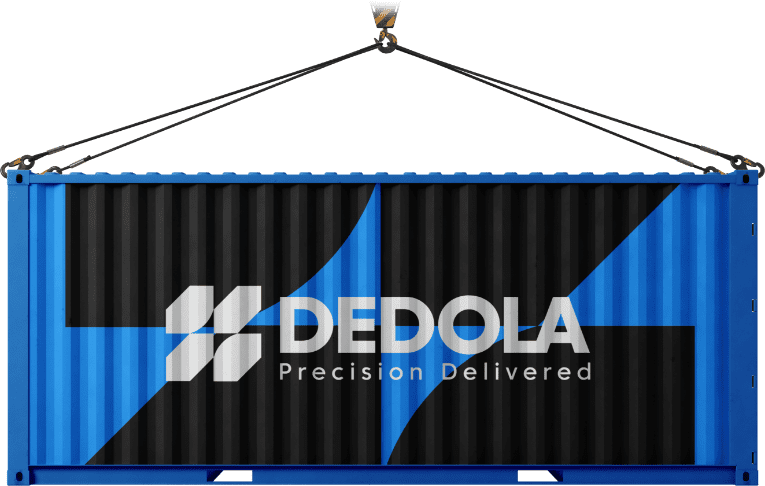Did the U.S. actually lower tariffs on Chinese imports?
Yes — conditionally.
After meetings between Donald Trump and Xi Jinping, the U.S. announced it would cut the average tariff rate on Chinese imports to 47% (from 57%), by halving to 10% the rate applied to goods linked to fentanyl precursor trade.
Xi, in turn, pledged to “work very hard” to curb fentanyl shipments to the United States.
What did China agree to do on its side?
China agreed to pause new export controls on rare-earth elements that had been announced earlier in October. The pause is expected to last about one year, maintaining the flow of these critical materials — used in electronics, vehicles, and defense equipment — while broader negotiations continue.
Why it matters for importers
- Tariffs are lower—but not gone.
The new 47% average and the 10% fentanyl-linked rate represent a targeted reduction, not a blanket rollback. Until formal schedules are published, importers should treat this as announced relief, not yet in force for all commodities. - Rare-earth reprieve buys time.
The one-year suspension may ease sourcing risks and cost pressure for industries relying on Chinese magnetics and specialty metals. - Watch for implementation.
Formal notices from the U.S. Trade Representative or Customs are needed to activate these tariff changes at entry. Until then, current duties still apply.
Dedola Takeaway
The first real tariff cut in years signals a tentative thaw, but importers should move carefully:
- Model landed costs under both 57% and 47% scenarios.
- Confirm classification and any linkage to the fentanyl-related tariff list.
- Stay alert for Federal Register or CBP confirmation before adjusting pricing or contracts.
Dedola Global Logistics continues to track tariff schedule updates daily and will issue alerts once implementation details appear.





